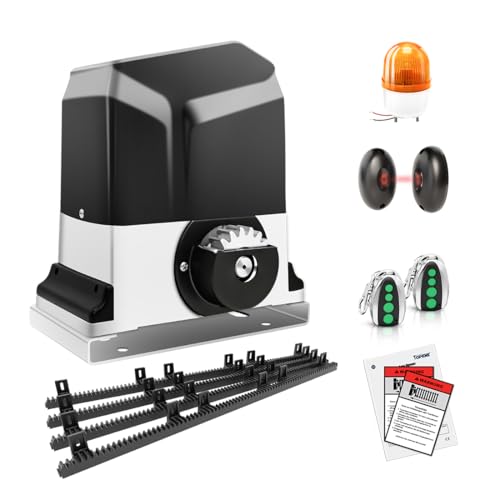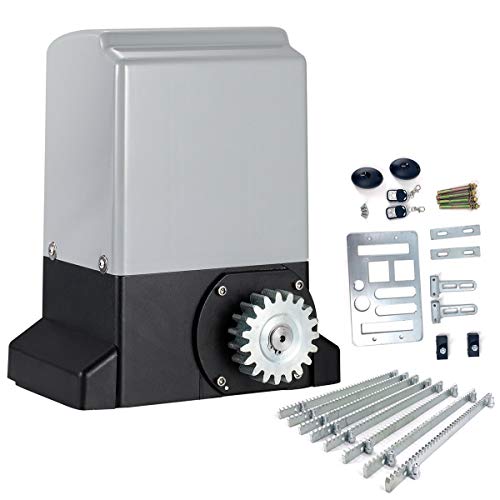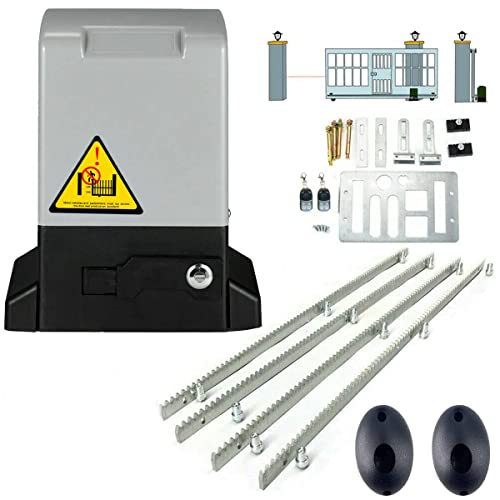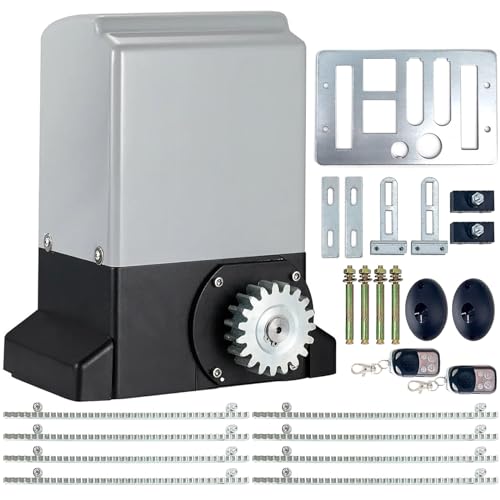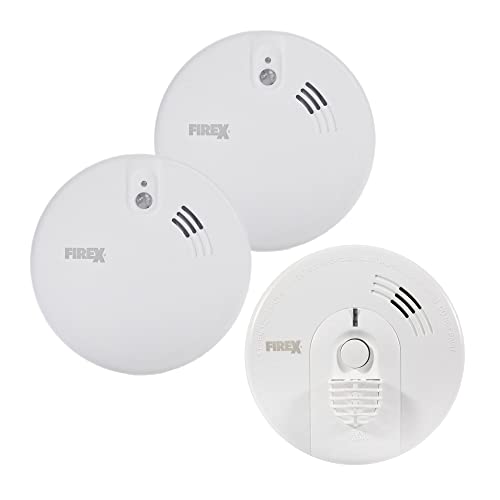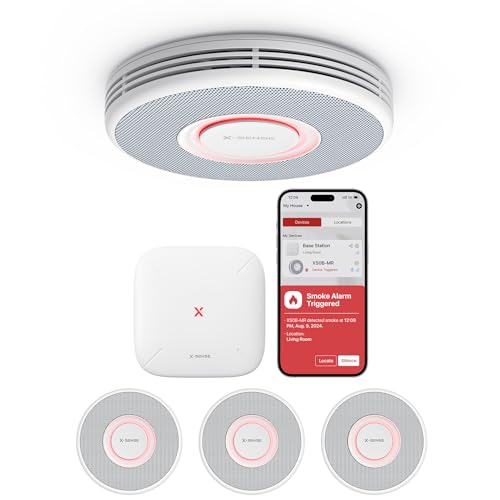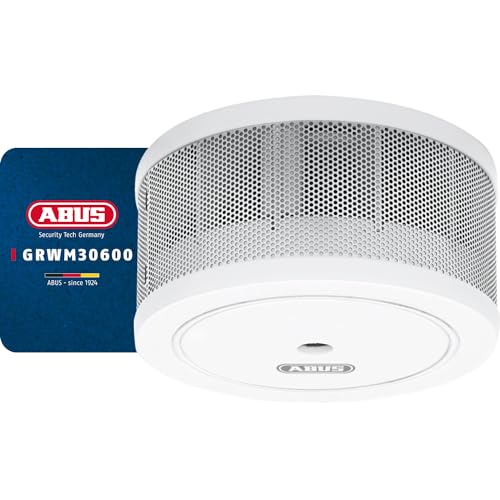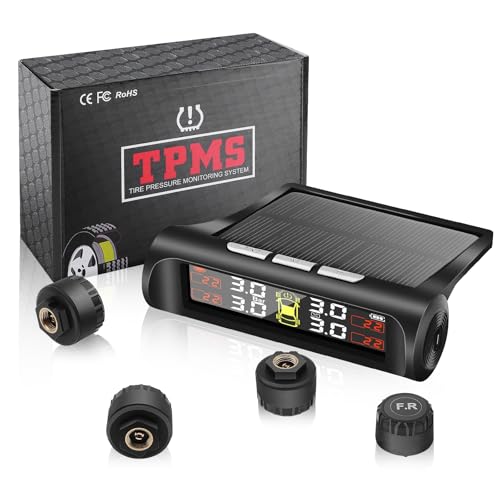What is a Sliding Gate Motor and How Does It Work?
Understanding Sliding Gate Motors
A sliding gate motor is an essential component that automates the operation of sliding gates, commonly found in residential and commercial properties. Imagine you arrive home with your hands full of groceries, and you need to open a heavy gate. Instead of struggling, a sliding gate motor does the heavy lifting for you. It relies on a system of gears and motors to move the gate smoothly along its track, either with remote control or through wired connections like intercom systems or keypads. The motor is typically housed in a weather-resistant casing to protect it from the elements.
How Sliding Gate Motors Operate
The motor operates using a drive mechanism connected to the gate. When you activate it, whether by a remote or a wall switch, the motor engages, pulling or pushing the gate to open or close. Some models integrate features like sensors that ensure the gate stops if an obstacle is detected, enhancing safety. This automatic functionality not only provides convenience but also adds a layer of security to your property, making unauthorized access more difficult.
Choosing the Right Sliding Gate Motor for Your Needs
Assessing Your Gate Type and Size
When selecting a sliding gate motor, start by considering the weight and size of your gate. A lightweight garden gate will require a different motor compared to a heavy industrial gate. Look for the motor’s weight specifications, which should match the requirements of your gate. If your gate is particularly long or heavy, opt for a motor with a higher torque rating to handle the additional strain.
Understanding Power Source Requirements
Next, think about how the motor will be powered. Most sliding gate motors run on electricity, but you can also find battery-operated options. If your property frequently experiences power outages, a battery backup could be a beneficial feature. For properties with solar panels, consider a solar-powered motor, which can save you on electricity costs.
Key Features to Look For When Buying a Sliding Gate Motor
Safety Features
Safety should be a top priority when choosing a sliding gate motor. Look for models equipped with features such as obstruction sensors, which stop the gate if it encounters an object while closing. Additionally, consider motors with a manual release mechanism that allows you to operate the gate in case of a power failure.
Control Options
Flexibility in control methods enhances convenience. Consider motors that offer multiple control options, including remote controls, keypad entry, and smartphone compatibility. Being able to control your gate from your phone offers an added layer of convenience, especially for larger properties where gates are far from the house.
Durability and Warranty
Lastly, check the durability of the motor. A well-built motor should be able to withstand harsh weather conditions, so materials like stainless steel or heavy-duty plastic are preferable. A good warranty can provide peace of mind, ensuring that you have support in case of defects or performance issues.
Installation Tips for Your Sliding Gate Motor
Assessing Your Site Before Installation
Before installing a sliding gate motor, take the time to assess the area where you will be fitting it. Ensure that nothing obstructs the gate’s movement and that the installation site is level. This will help the motor function smoothly and prevent unnecessary wear.
Professional Installation vs. DIY
While some homeowners may opt for DIY installation, hiring a professional can ensure that the job is done correctly. Professionals are experienced in aligning the gate properly and connecting the motor to the power supply safely. If you decide to install the motor yourself, consult the manufacturer’s guidelines thoroughly to avoid errors.
Maintenance and Troubleshooting for Optimal Performance
Routine Maintenance Practices
To keep your sliding gate motor operating at its best, routine maintenance is essential. Regularly check the motor for wear and tear, and ensure that the track is free of debris. Lubricating moving parts can prevent friction and extend the life of your motor. Note any unusual noises during operation, as these might be signs of wear that need immediate attention.
Common Issues and Solutions
Should your motor fail to operate properly, troubleshooting can often resolve the issue. First, check the power supply; ensure that connections are secure. If the motor is unresponsive, inspect the control options for any issues, like dead batteries. Regularly test safety features, such as the obstruction sensors, to ensure they are functioning correctly.
